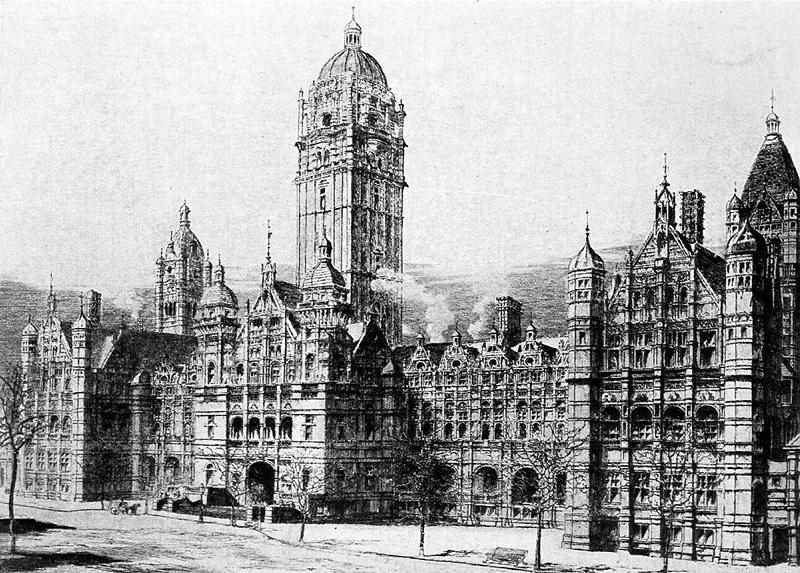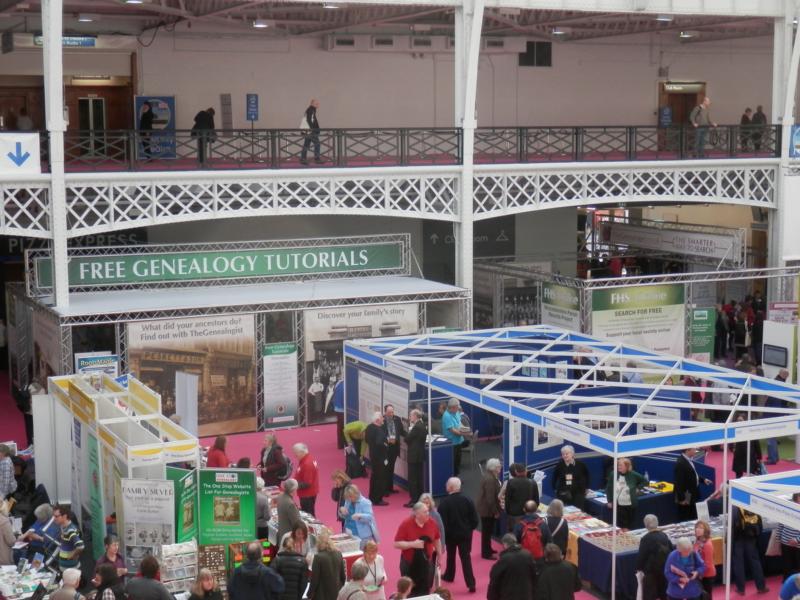
TheGenealogist have just sent out an announcement:
TheGenealogist Launches Various London Educational Records
TheGenealogist has just released a batch of London school and university records to join its ever growing educational collection.

Researchers can use this new data to find ancestors who attended or taught at a variety of Educational establishments within London between 1831 and 1927. Also listed are the names of those who held high office in the institutions, such as the patrons; deans; visitors and professors, in the case of universities and the principles, masters and governors in the case of the schools.
This release covers the names of those who graduated from the University of London between 1836 and 1926 - while for King’s College London, it also provides a list of Fellows from 1847 to 1920, registered students for 1920-1921 and those awarded degrees in 1920 and 1921 as well as the prizes given at King’s.
With a number of school records, joining this London release, researchers can also find old boys who served in World War I. For example it is possible to track down men serving with the colours in the Great War in the case of the Old Wilsonians, as listed in The Wilsonian Magazine. For those Old Alleynians and Old Haberdashers, who perished in the war, their names and often a photograph are recorded in the First World War Roll of Honours for both Dulwich College and the Haberdashers’ Aske’s Hampstead School.
The list of records included in this release are
- University of London Historical Record 1836-1926
- The Skylark Magazine from Haberdashers' Aske's Hampstead School 1918
- The Wilsonian Magazine April 1914-April 1919
- University College School, London Register 1831-1891
- Royal College Of Chemistry, Royal School Of Mines And Royal College Of Science Register Of Associates
- Record of Old Westminsters Vols 1 and 2 earliest times -1927
- King's College, London Calendar 1921-1922
- Dulwich College War Record 1914-1919
These records and more are available at
TheGenealogist.co.uk
###
Example
CAPTAIN JOHN DUDLEY WHYTE of the 8th Service Battalion, Royal Sussex Regiment, was born on the 5th July, 1890. He attended Dulwich School between 1902-8 and after this he went up to London University, having obtained an Andrew's Scholarship at University College, and shortly afterwards he was awarded a Law Society Studentship.

Like many of his generation, his life was cut short in action during the First World War. Who knows what he may have made of his life, but by using a combination of two of the newly released records we are able to discover his achievements in his earlier life.
The Dulwich College Roll of Honour includes a picture of the deceased officer in uniform and a potted history of his academic and military career. We learn that at University College, London in 1910 he was awarded a Scholarship in English History, and also a Scholarship for Research in History. The school’s roll of honour tells us that in 1912 he took his B.A. degree with honours in History.

By then searching for him in the
University of London Historical Record 1836-1926, also made available by TheGenealogist in this new release, we find John Dudley Whyte listed among the students in 1912 awarded a Second Class Bachelor of Arts (Internal) degree in History. By continuing to search further within the University of London records we locate his name again in 1913, now as an external student of the University College and London Day Training College. This would point to him training to be a teacher as that was the purpose of the London Day Training College which, by that date, was a school of the University of London. The start of World War I ended that path for him.
The Dulwich College Roll of Honour explains that ‘being a member of the London University Miners Training Corps he obtained a commission in September, 1914, as 2nd Lieutenant in the 7th Battalion Royal Sussex Regiment, and trained at Colchester, being promoted temporary Lieutenant in November. When the 8th Battalion was converted to a Pioneer Battalion he transferred and was promoted temporary Captain in January, 1915. In May, 1915, he moved to Salisbury Plain and crossed to France in July. For some months his company was engaged on forestry work behind the lines with the 18th Division, but during the winter they were on the Somme, with headquarters at Albert. He took part in the July advance and was killed in action at Bernafay Wood during the night of 13th—14th July, 1916, and was buried at Danzig Valley Cemetery.’
By using these records you can find out a lot more about your ancestors who were educated in London between 1831 and 1927. These records join an ever growing collection of family history resources at
TheGenealogist.co.uk


























